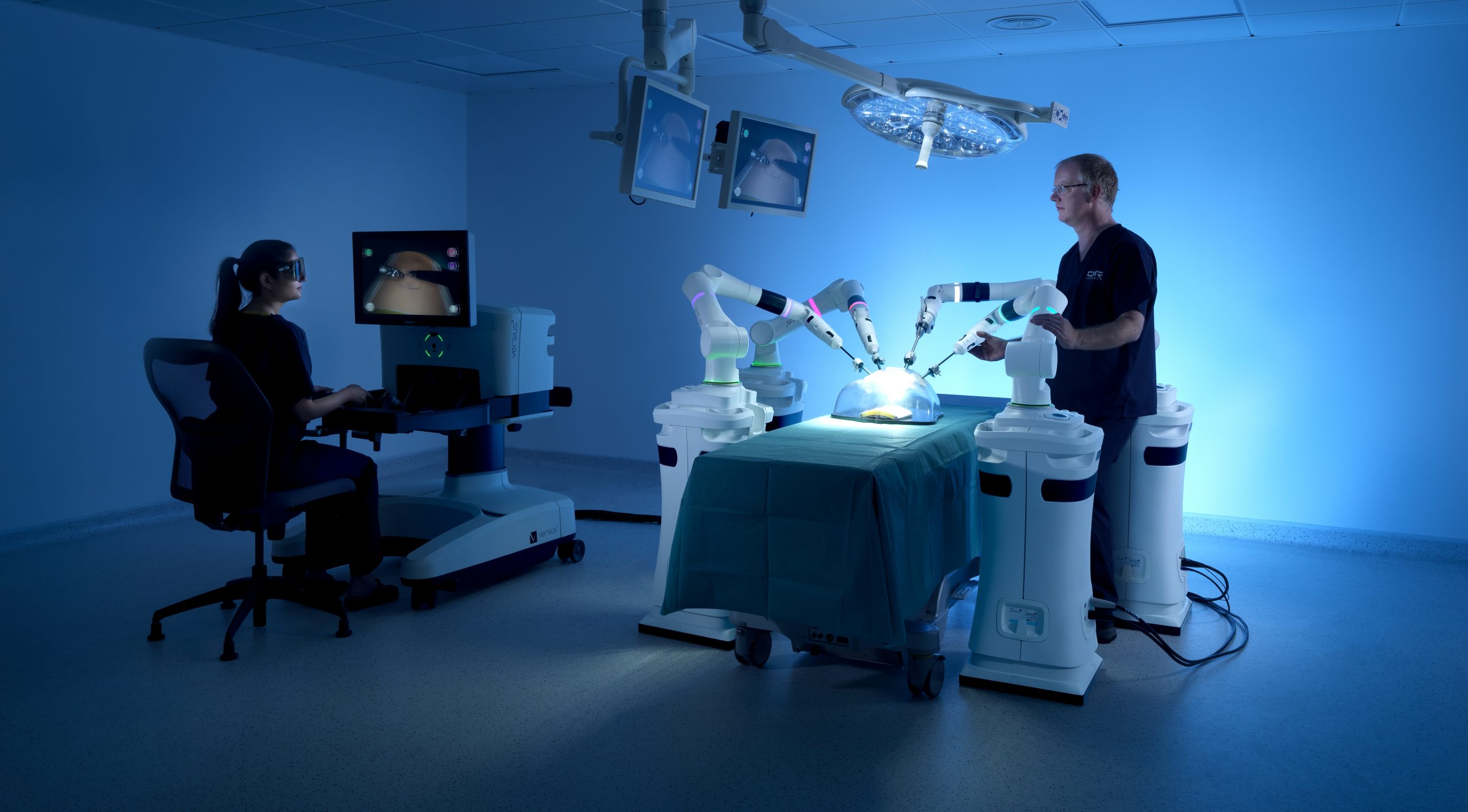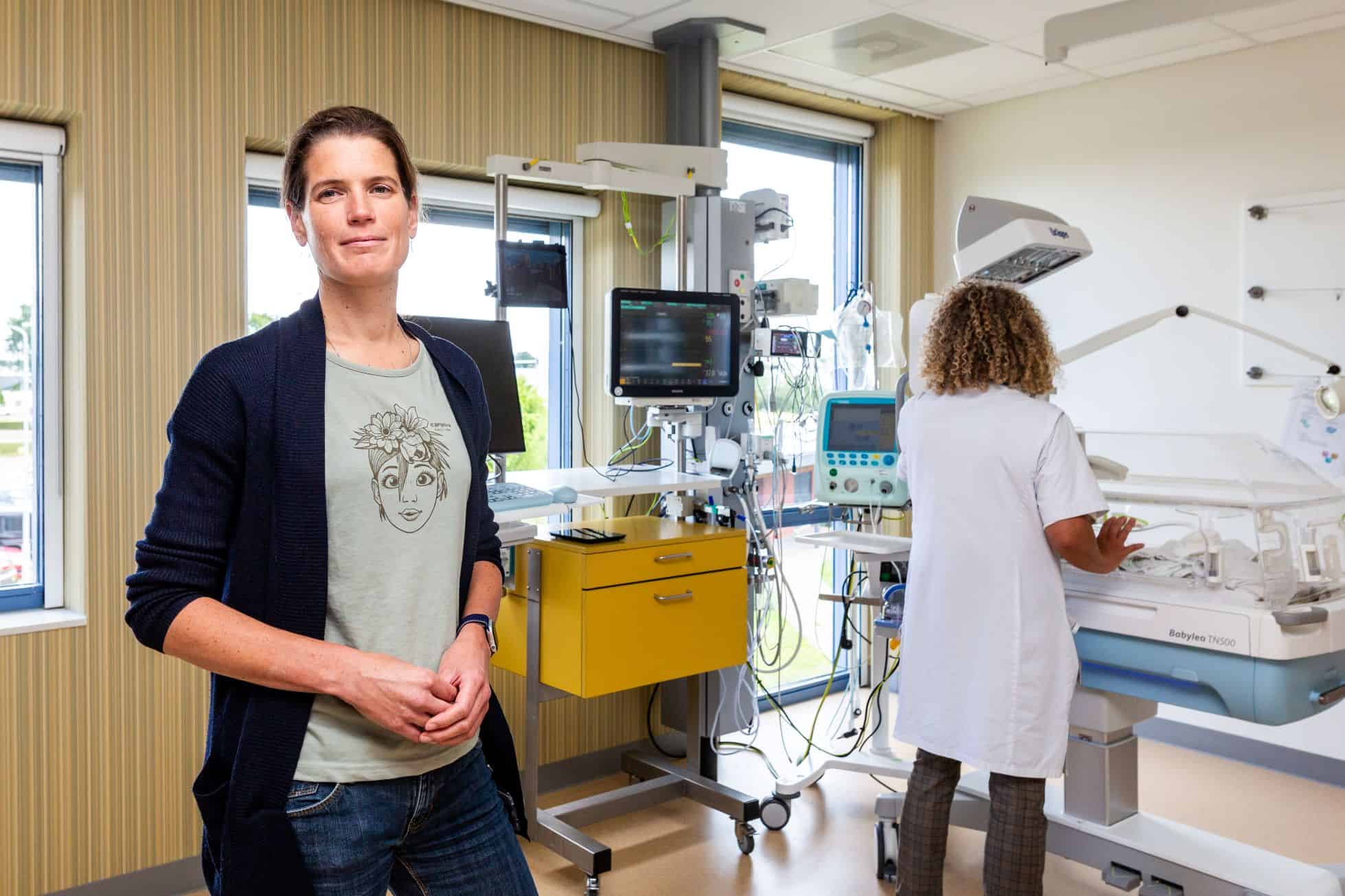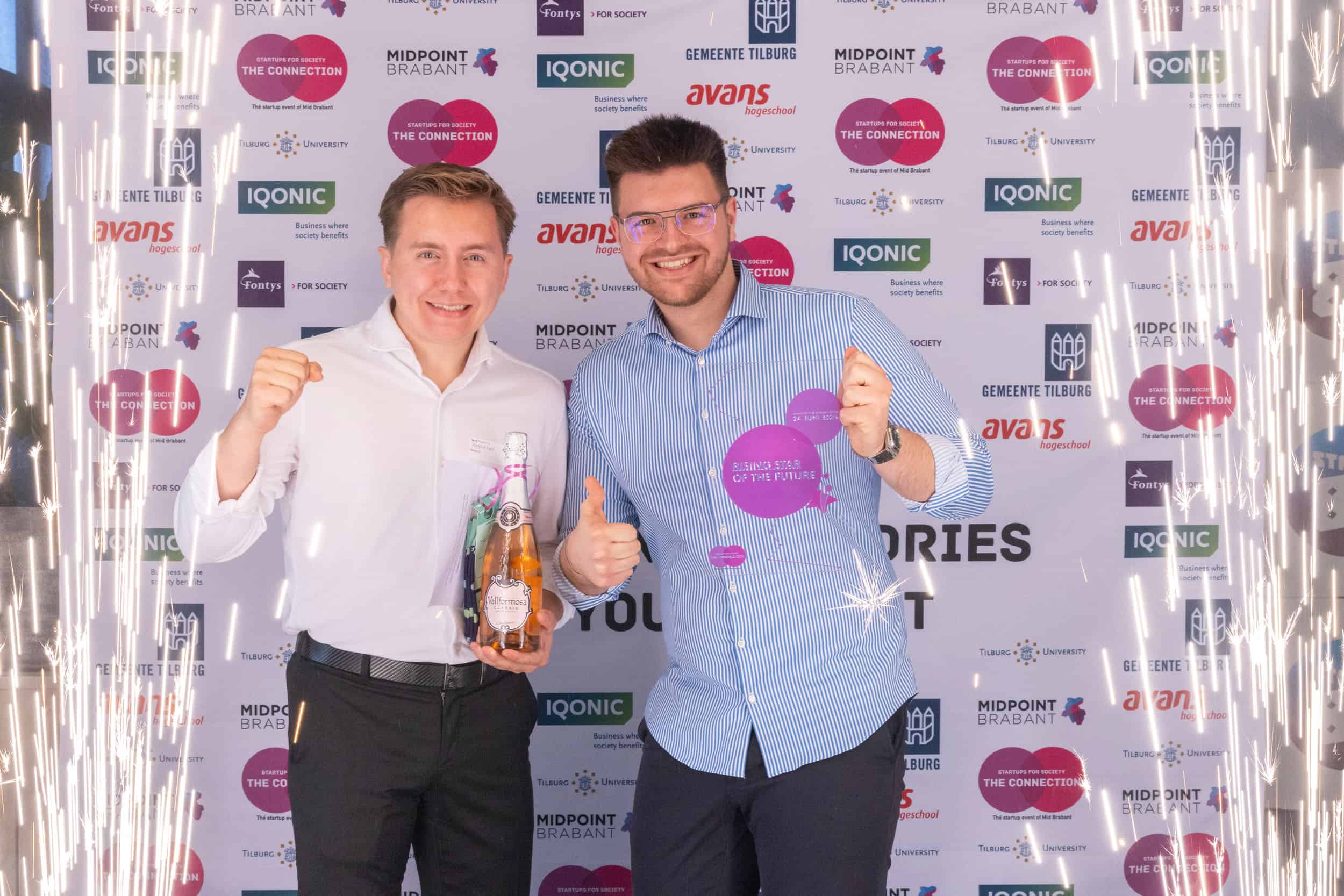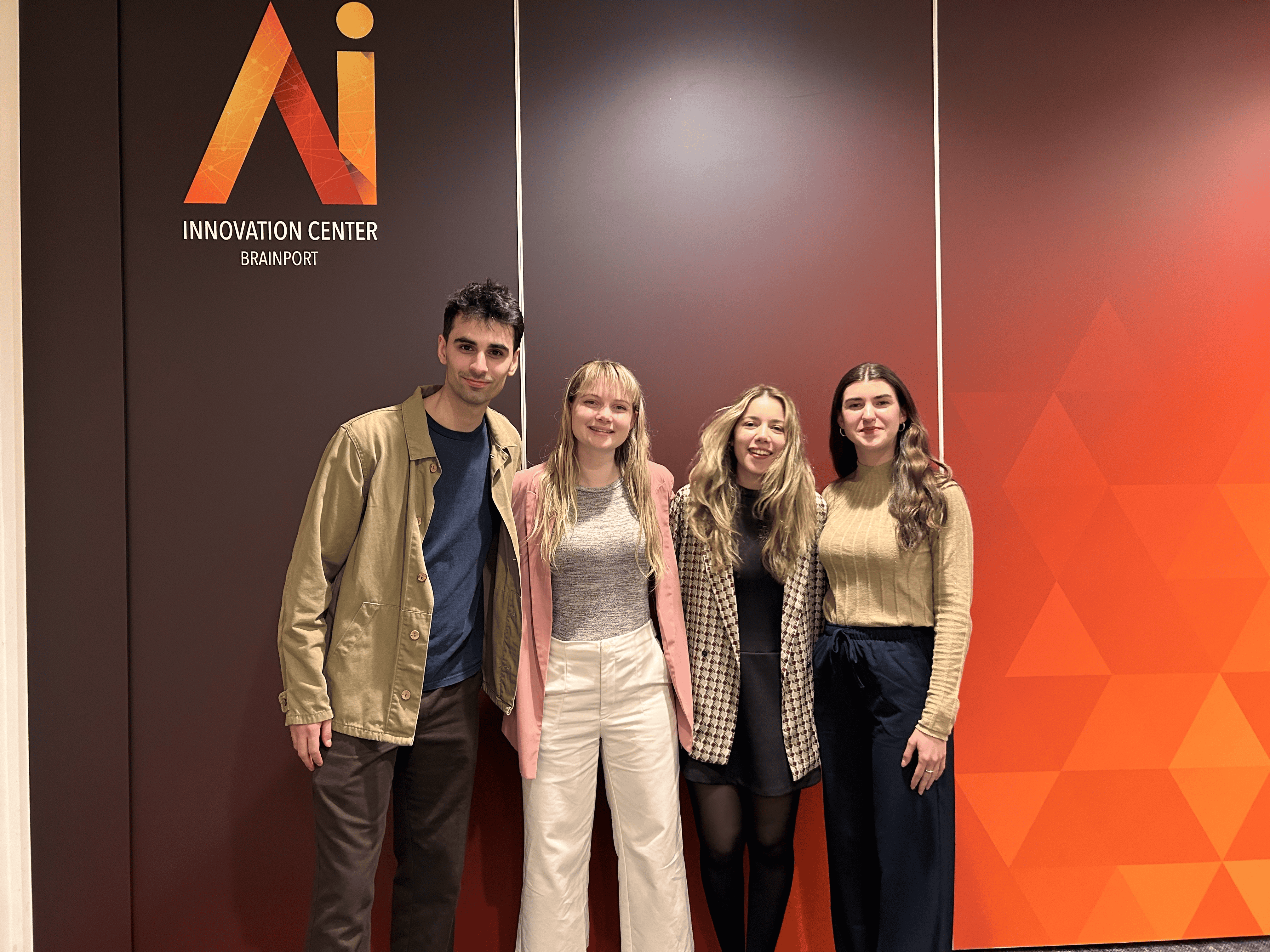
Ensuring that minimal access surgery (MAS) is available to everyone is what motivated the co-founders of CMR Surgical to set up this start-up. They saw the potential of robotic surgery for countless procedures. Yet this is something that is still too inaccessible for millions of people around the world. That’s why they designed a surgical robot in order to provide surgeons with a tool to make MAS a viable option for as many patients as possible. They’ve called this a paradigm shift in robotic surgery.
The British start-up states that the benefits of minimal access surgery are as numerous as they are compelling. The promise of lower levels of trauma, faster recovery rates, and improved clinical outcomes has for decades been the driving force behind the development of surgical robotics.
Versius, CMR Surgical‘s robot, can be easily adopted into existing surgical workflows. It is portable and mobile. Thanks to its modular design, each individual robotic arm can be moved without any problems. The technology of the robot allows for fully wristed instruments with 3D HD vision, intuitive instrument control. Along with a choice of ergonomic positions to operate it that will potentially reduce stress and fatigue.
Innovation Origins spoke with co-founder Luke Hares about the motivation and the technology behind the start-up.

How did the idea for CMR Surgical come about?
In 2014, the other co-founders and I asked ourselves why so many people were still not getting minimal access surgery (MAS). And what we could do to change this? And this is how the concept for Versius was born, our surgical robotic system.
Using robotics for medical purposes is not new, what sets CMR apart from the rest?
There are a number of key features that make Versius unique in the market. First is the modular and portable design of Versius. This allows it to fit into virtually any operating room (OR) and be moved between ORs with ease. Second is the modularity of the system. This offers freedom of port placement to best suit the needs of each medical procedure. Finally, our open console provides a clear line of sight for the entire surgical team. We strongly believe that this improves communication.
What range of surgeries can be performed with your device?
Versius is currently being used by surgeons to perform a range of colorectal, gynecological, and general surgery and upper gastrointestinal (GI) procedures.
In your experience, do some patients tend to be slightly skeptical about a machine taking on such a major role in their operations?
So far, feedback from patients has been overwhelmingly positive. They are very excited to be operated on by a surgeon who uses Versius. It is important to remember that Versius is being controlled by a surgeon, who sits at a console performing the surgical procedure.

How feasible is it for hospitals?
We want to enable surgeons and hospitals to deliver what’s best for their patients. We have flexible financing through either managed services or capital purchases. Our cost per unit has been determined with a view to providing a clear cost-effective rate to all hospitals. We partner with hospitals rather than sell to them so that they, their patients, and surgical teams benefit from the value that MAS brings.
What has been the best moment for you during the CMR surgical journey?
One very special moment during the CMR Surgical journey was seeing Versius become part of the UK’s National Health Service (NHS). As a co-founder of the company, it was a milestone to see our concept become fully realized and doing what we set out to do in our home market.
What is your ultimate goal?
We’ve set out to transform surgery. Our aim is to make the benefits of minimal access surgery available to everyone who needs it while delivering an evidence-based approach to robotics surgery.
What awaits the future of CMR surgical?
We will continue with our mission of making MAS available to more people. We are also working with the surgical community to assess where data and machine learning can add further value to operating rooms around the world.
You can read more IO articles about start-ups here.







